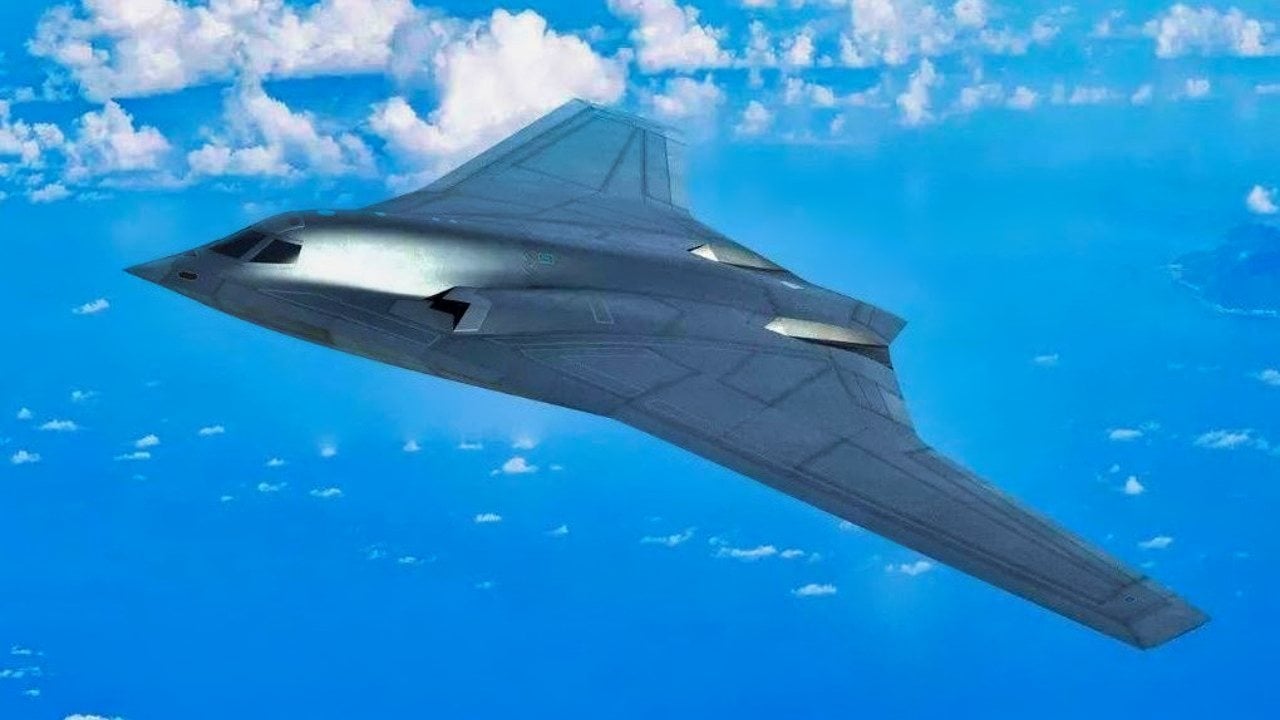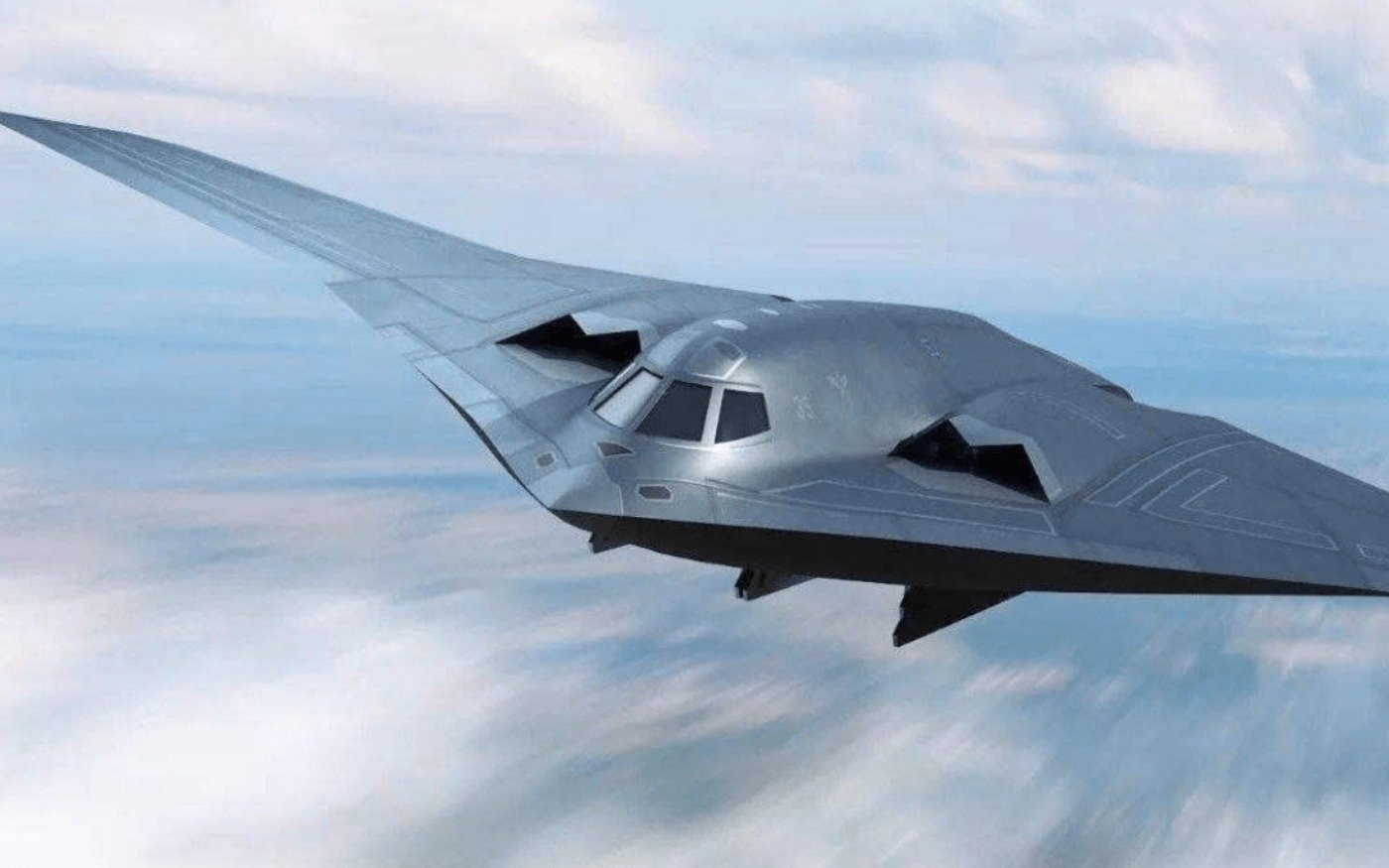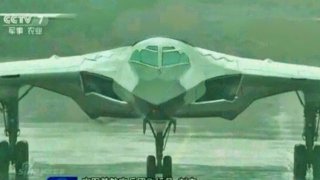Xian H-20: China Has Big Plans to Build a Stealth Bomber Like the B-2
Summary and Key Points: The Chinese Xian H-20 stealth bomber, seen as a potential rival to the U.S. B-21 and B-2, is expected to be a key component of China's nuclear triad.

-It has an estimated range of 5,281 miles and a payload capacity of 45 tons.
-This capability could allow China to target U.S. allied nations and potentially reach the continental U.S. with aerial refueling.
-The H-20 aims to modernize China's air force and achieve nuclear parity with the U.S., reflecting China's commitment to enhancing its strategic offensive capabilities.
China's H-20 Stealth Bomber: What We Think We Know
While the United States is excited about the B-21 bomber it unveiled to the public in early December of last year, China has plans for a rival stealth bomber. The H-20, seen as a competitor to the B-2 or maybe even in some respects B-21 stealth bomber, will likely be nuclear-capable and could attack targets in U.S. allied nations or the U.S.
The aircraft will be a key piece of China’s nuclear triad in the coming decades and can place China at the forefront of the world’s air forces.
The Xian H-20 could also bully China’s neighbors by reaching Japan, Guam, and the Philippines, not to mention pulling a surprise attack against Taiwan.
It has an enviable range of around 5,281 miles if reports are accurate, and aerial refueling could make it to Hawaii – and even the West Coast of the United States. The H-20 could also have a weapons payload of 45 tons.
A heavy-payload, deep-penetration bomber would help China alter the nuclear balance with the United States. There is no current arms control agreement with the United States, and Beijing is always looking for a qualitative nuclear edge over Washington.
History of China’s Stealth Bomber Program
China has wanted a stealth strike aircraft since at least 1999, when it acquired pieces of a crashed F-117 Nighthawk that was shot down over the Balkans.
China is known for stealing and copying U.S. stealth aircraft design. In 2005, a Northrop Grumman design engineer was caught selling secrets to China about the B-2 Spirit’s engine system. The spy, Noshir Gowadi, was sentenced to 32 years in prison for his crime.
In July of 2014, Chinese state-run media published a report that the People’s Liberation Army Air Force was working on a long-range stealth bomber that could penetrate enemy air defenses. In 2016, a PLAAF general officially announced that China was working on the warplane. Other details emerged in 2018 indicating that the H-20 would have a flying wing design similar to the American B-2.

That year, the Aviation Industry Corporation of China released a video of an airplane under a drop cloth that was believed to be the H-20. This could have been a mock-up, but it showed that Chinese plans were progressing.
The H-20 would replace the Xian H-6 group of bombers, which are becoming obsolete.
The H-20 will likely have a crew of two, allowing one aviator to rest while the other flies the long distances required to reach North America.
H-20: New Nuclear Tool
PLAAF officers have claimed that China must improve its offensive and defensive air capabilities that include a nuclear deterrent.
The H-20 would be a major factor in achieving nuclear parity with the United States and enable a second-strike capability in a crisis scenario.

The H-20 is another example of China mimicking the United States in aircraft development. It shows the PLAAF is serious about becoming a fully modernized branch of service that can dominate its neighbors and challenge the U.S. Air Force.
China is likely alarmed about the American B-21 and wants to answer the fanfare and excitement that has been stoked by the next-generation deep strike aircraft. While many defense analysts have focused on China’s conventional force posture, the H-20 gives China another option for potential nuclear conflict. China is willing to upstage the U.S Air Force with more confident rhetoric about its nuclear weapons development.
A long-range stealth bomber that could reach U.S. airspace is another example of China’s efforts to achieve nuclear parity with the United States.
About the Author
Brent M. Eastwood, PhD, is the author of Humans, Machines, and Data: Future Trends in Warfare. He is an Emerging Threats expert and former U.S. Army Infantry officer.
All images are Creative Commons.


